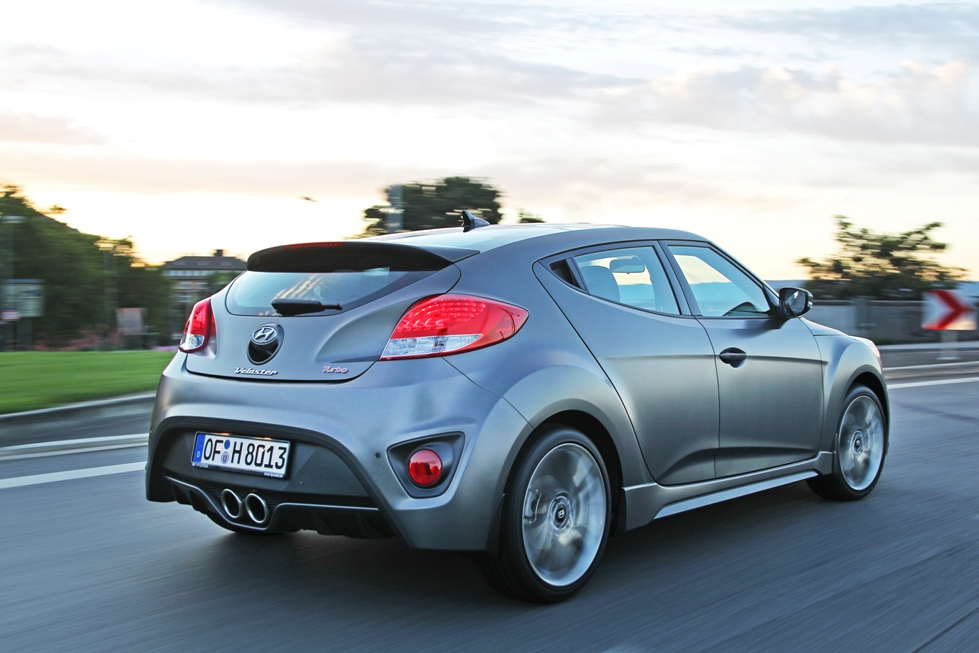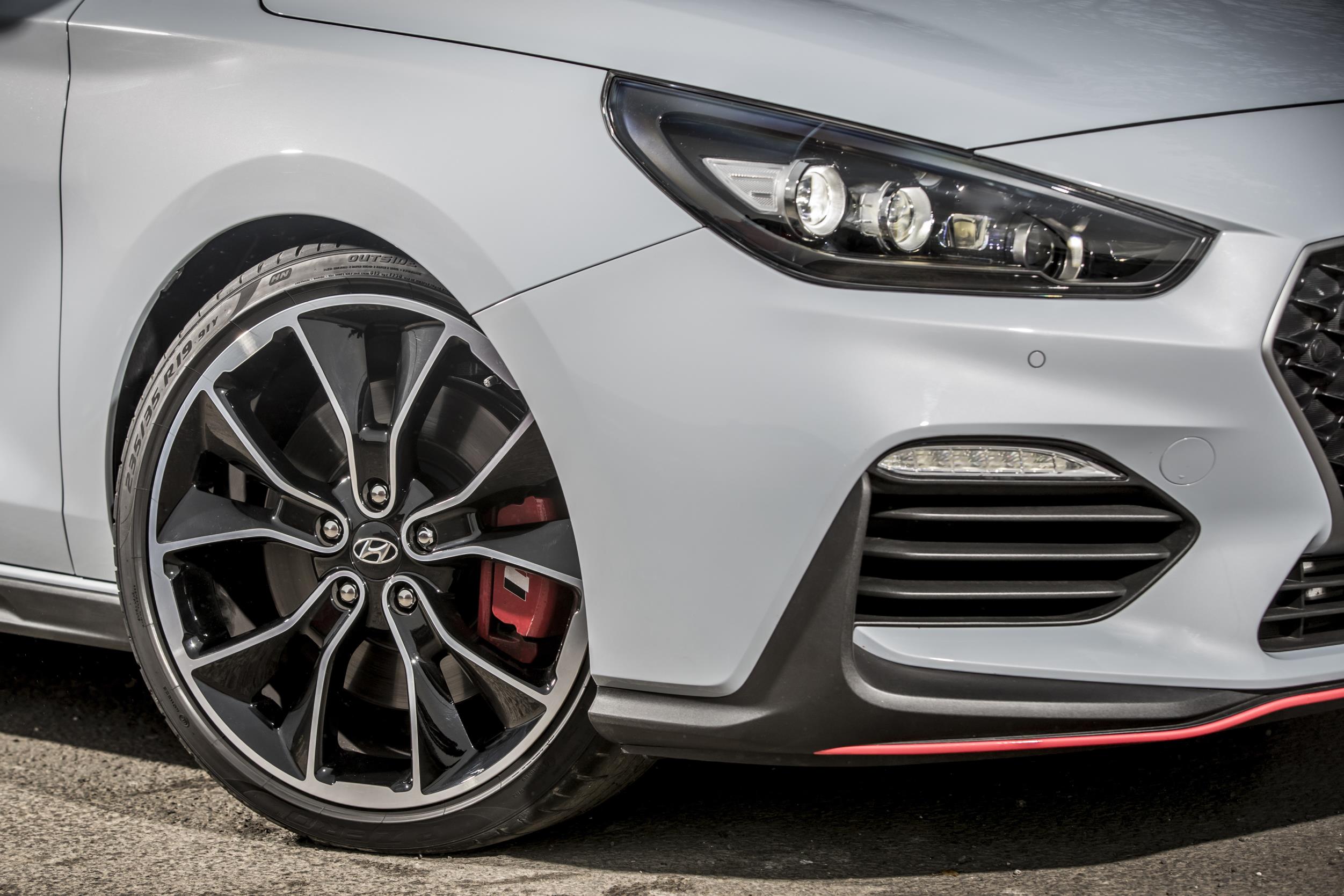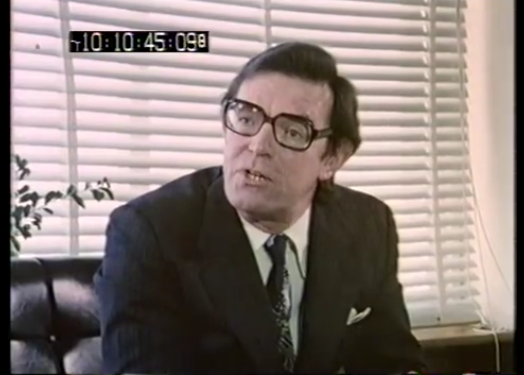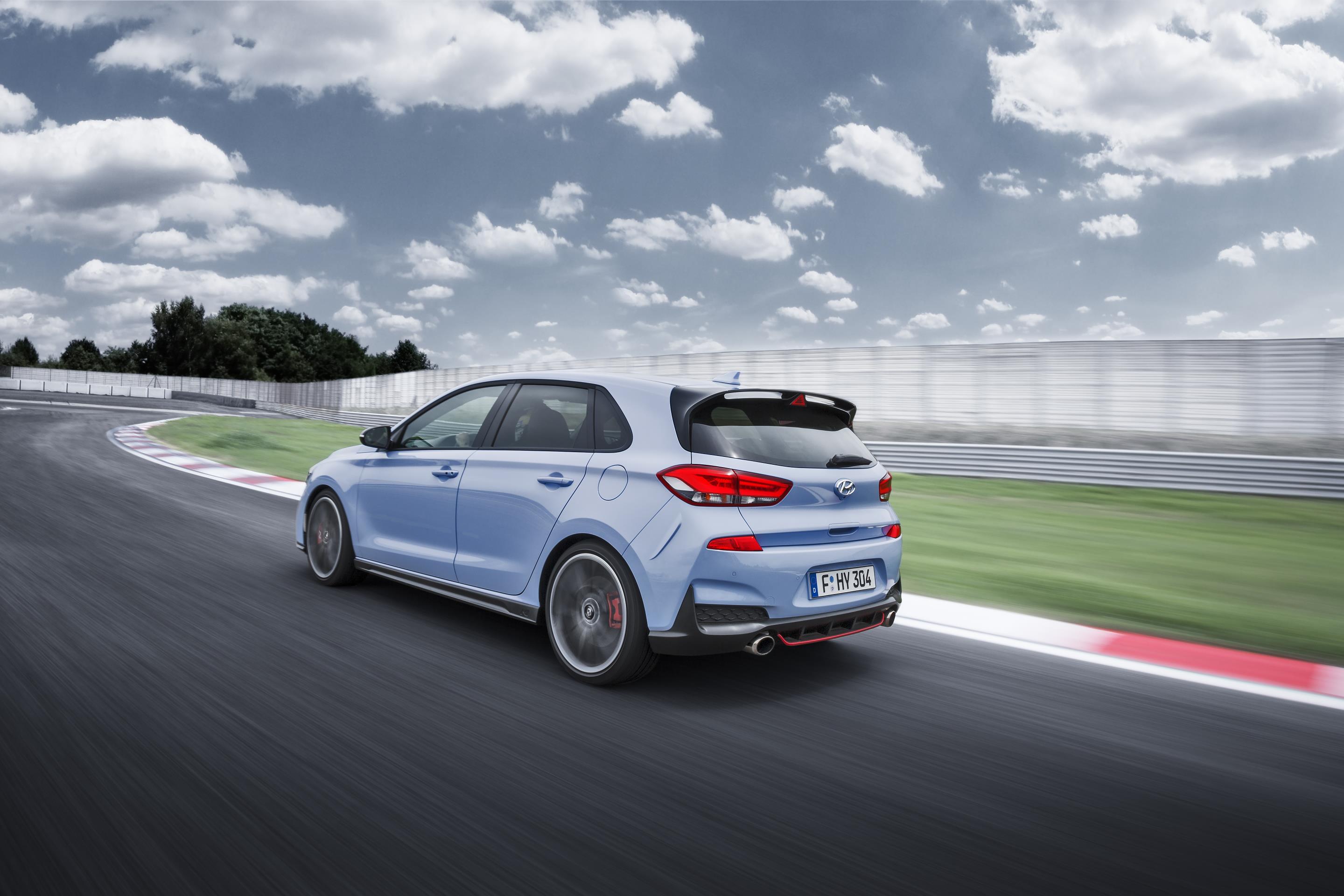"My dad had a sky-blue Marina estate. No doubt it went to the crusher years ago, but I still remember its registration – CNG 453T. It was a 1.3-litre series three model, built in 1979 and bought from Mann Egerton (remember them?) "

i30N
Hyundai’s pocket rocket has a shameful secret ancestor
We all have that one shameful relative, hiding in a thicket of the family tree.
Maybe it’s some long-ago scoundrel who escaped a legion of creditors and enraged husbands by saying ‘sure, I’m a puritan — gotta love that God, right?’ and hopping a sloop to The New World. Maybe it’s just crazy old Uncle Charlie who used to work for the gas board until ‘The Incident’ involving the zoo animals and the weird-smelling barbecue and let’s not talk about it now kids, hey isn’t Adventure Time on?
For the Hyundai i30N, it’s much, much worse than that. There’s a skeleton made of the creakiest, most badly-assembled bones lurking in its closet that it probably doesn’t want to talk about at parties.

What’s an i30N? It’s, just possibly, the best Hyundai ever, that’s what. Not quite Hyundai’s first overtly sporty machine — remember Veloster; remember Coupe? — but it’s first that seriously looks the part. The i30N has that authentic wide-arched rally car look (even if it’s actually the smaller i20 that’s Hyundai’s front-line rally weapon) that the oddball Veloster, for one, just can’t match.

It’s not fooling around, either. That extended bodykit, with the straight-through vents in the front bumper, the big ducted hatch spoiler, and that wannabe-venturi tunnels peeping out the back is not just there for show. There’s proper go, too thanks to a 2.0-litre direct-injection T-GDI engine packing 275hp and 353Nm of torque (which translates to 260 lb-ft in Imperial terms). Actually, there’s more — catch the turbo when it’s cool enough and it’ll overboost to 378Nm (278lb-ft) which is helpful.

It looks good, too. The standard i30 looks fine, I guess, if generic Euro-hatch is your bag. Pumped up into N-spec it looks a lot better, though, and the powder-blue paintwork (officially called ‘Performance Blue’ by Hyundai) could be tacky but actually kind of works.
I’ll come back to how it drives in a sec, but first, let’s talk about the darker corners of Hyundai’s family history.
Hyundai, as a company, got started when Korea was still smouldering from the destruction of WWII and the division of the country between capitalist south and communist north. Chung Ju-Yung set Hyundai up in 1947, but it would be twenty years before the company got around to making its first cars, and these were not ‘true’ Hyundais, but Ford Cortinas, built under licence, and made from knock-down kits.
That wasn’t enough for Chung, who harboured ambitions of becoming a true Korean car maker, and so he decided that European expertise was needed. After all, why waste time building up home-grown talent, over years of what would doubtless be false-starts and mis-steps, when you could just crack the cheque-book open and buy experience in? That experience came in the shape of George Turnbull, formerly the managing director of Austin-Morris Cars.

You remember Morris, right? They made the Morris Minor, that transport so perfect for genteel vicars and local headmistresses out on the hunt for schoolboys playing truant. It also, along with sister company Austin, made the first Mini, and the innovative 1100 and 1300 models, which were basically bigger Minis and which were the UK’s best selling car for about 100 years. My own grandmother, a car nut of the highest order, owned one.

You would think that being the boss of one of Britain’s most successful, recognised, and popular car makers would be a dream job for a career car industry man like Turnbull, someone who’d started work as an apprentice at Standard-Triumph and risen to the top. By 1974, when Chung Ju-Yung came calling, though, Turnbull had had enough. Six years previously, Austin, Morris, and MG (all part of the huge British Motor Holdings, or BMH, company) had merged with the Leyland Motor Company (which mostly made buses and trucks, but also Rovers, Land Rovers, and Triumphs) to form British Leyland (BL) — that was fifty years ago this year. The idea was to stitch together almost the entire British car industry into one, gigantic whole — basically, a seventies version of the Volkswagen Group, only with more tea and red phone boxes. An idea set for success, surely?
Ummmm…

By 1974, British Leyland has not quite yet sunk, but it was holed and taking on water, and one of the major culprits was the Morris Marina. The Marina was the result of a change of corporate culture at BL. Stung by competition from Ford, BL decided to abandon the woody, tweedy Minor and instead try to beat Ford at its own game, by making a cheap, simple four-door sedan that would sell in huge numbers, largely to penny-pinching fleet customers. Ford execs and engineers were even poached to do the job, but the finished Marina, thanks to a project beset by delays, disagreements, and technical disasters, was a long, long way south of being a proper Cortina competitor. It was slow, ugly, badly-made, and had handling so bad that even successive facelifts and re-engineering projects over the next decade of its life couldn’t sort it.

Turnbull decided that enough was enough when it came to BL’s torturous politics and byzantine engineering practices, and took Hyundai’s dollar (or Won, really but you know what we mean… Moving to Korea, he masterminded the setting up of Hyundai’s factory and production line for the first Pony, the company’s original home-grown car. Well, perhaps not entirely home-grown. There was a lot of Marina in that first Pony (there’s even a vague visual similarity between the two) which is perhaps not surprising, as Turnbull brought a couple of Marinas to the peninsula with him as examples of how a car could, and doubtless shouldn’t, be built.

We put our test i30N next to an original Marina, one of the oldest still surviving and a car originally built, almost pre-production, so that Morris dealers would have something with which to stock their showrooms when launch day came. It currently lives in Ireland, in the back-yard of a classic car collector whom we’ll call Mark. No full names and sure as heck no addresses here, and you’d understand why if you saw some of the actually valuable metal stashed in Mark’s shed. The Marina, by contrast, would struggle to clear £2,000 and that’s despite being sympathetically restored to very original spec. The problem, of course, is that very original spec means panel gaps you could lose a cat in, un-damped everything, ill-fitting interior panels, and factory welding that makes some panels appear to be breaking out in some kind of rash.

Turnbull wasn’t the only Brit in Korea helping to build the first Pony — according to the oracle on all things BL, the majestic aronline.co.uk: “The company hired George Turnbull who, in turn, recruited a team which included Designer Kenneth Barnett, Engineers John Simpson and Edward Chapman, ex-BRM man John Crosthwaite as Chassis Engineer and Peter Slater (above) as Chief Development Engineer.” But Turnbull was the lynchpin, the centre of the effort. He was even the subject of a BBC Panorama news report (you can find it here: https://www.youtube.com/watch?time_continue=142&v=cz3zJORvntE) in which he pointedly compares the quality of Korean car making (even in far-off 1976) with what he’d experienced in British Leyland’s factories. “The attitude to carmaking here is that it’s very much a team effort, and that’s the big difference between Korea and the UK” was probably his most damning comment. BL was nothing if not driven by internal conflicts and personal animosity.
“Turnbull was the man who created Hyundai Motor as we know it” Andrew Ryan, a Dublin-based marketing exec and, for his sins, amateur BL historian, told us. “As a parting gift to himself when leaving BL, he actually took two Marinas to Korea, and they were used as the basis for the first Hyundai Pony. So while there’s no real link between this original Marina, and this i30N, the fact is that there is a link between the two in terms of one is the car that formed the basis for the other.”
So, yes, you really can draw a direct line of succession between Hyundai’s newest and gnarliest hot hatch and the dreary old Morris Marina, via George Turnbull — a man who would go on to build up the Paykan car making firm in Iran, and who eventually became part of the Inchcape Group in the UK, and was instrumental in persuading Toyota to set up its factory in Burnaston, Derbyshire.

What would he have made of the i30N? Well, he’d have recognised the sense in 21st century Hyundai’s plan to import yet more European car-making talent to give it a leg-up in a new motoring arena. After all, you don’t generally associate Hyundai with high performance, so the Koreans have been waving cheque-books around again and poaching the cream of Euro-talent. And they don’t come much more talented than Albert Biermann, the mastermind behind so much of BMW’s M-Car output.
Biermann it is who’s taken the humdrum i30 and turned it into a back-road beast (he’s also responsible for how damned good the Kia Stinger is to drive, and is now responsible for the entire Hyundai range when it comes to driving dynamics — this is possibly the best news, ever, for fans of cheap, fun cars). Has he worked some M-magic on the i30?
Almost.

I mean, it’s good. It’s really good. It’s exceptional if you take into account the fact that it’s a first effort when it comes to hot-hatchery. But…
But being barely any faster to 62mph from rest than a 245hp VW Golf GTI seems like a poor return on that 275hp power figure. And while it’s still certainly brisk enough, and still certainly fun to drive, it torque-steers a lot more than you’d expect, and the steering, even in N-mode (activated by a gorgeous powder-blue button on the steering wheel) doesn’t feel a slick nor as sharp as that of the mighty VW.
That said, while the Golf GTI is all about making sportiness as subtle as it possibly can, the i30N is having a slightly more outrageous time of it. The exhaust tuning in N-mode is especially hilarious. Accelerate hard and back off sharply, and you don’t get any mere overrun crackle, you get popping and banging that makes it sound as if you’ve accidentally driven onto a rally stage and are being chased down by Dani Sordo himself. It’s pants-wettingly loud the first time you hear it. The second time is when it becomes full addictive.
A fully addictive Hyundai? Yup, it really is. Not quite as polished as its German rival, then, but still hugely entertaining and well done by any other standard. And to think; it all started with the worst car ever made, the relative that no-one likes to talk about.

CLICK TO ENLARGE










